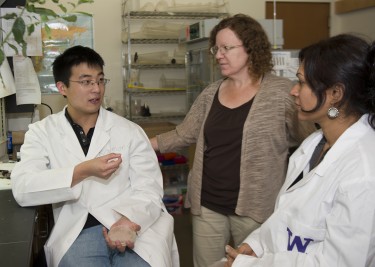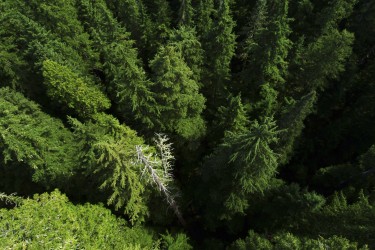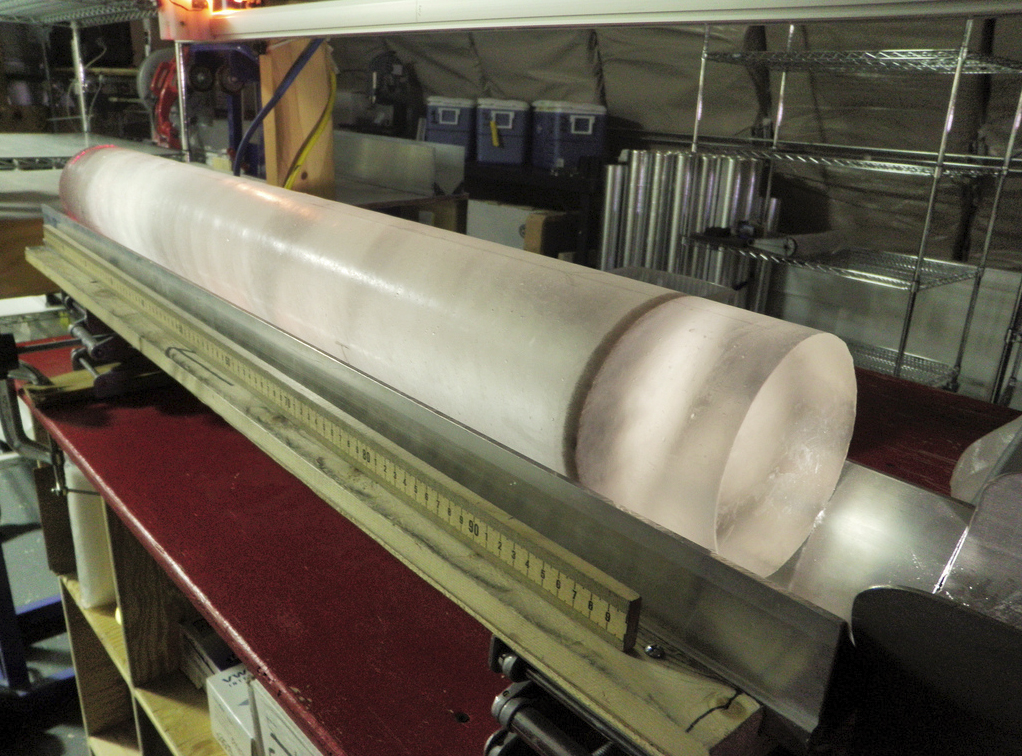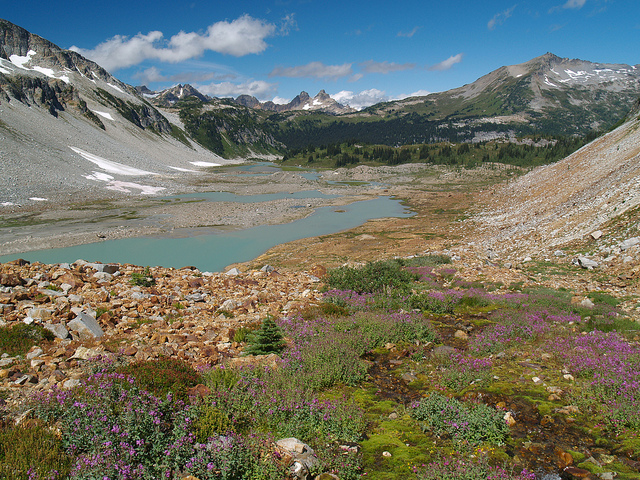Scientists using a microbe that occurs naturally in eastern cottonwood trees have boosted the ability of two other plants—willow and lawn grass—to withstand the withering effects of the nasty industrial pollutant phenanthrene and take up 25 to 40 percent more of the pollutant than untreated plants. The approach could avoid the regulatory hurdles imposed on transgenic plants—plants with genes inserted from or exchanged with other plant or animal species—that have shown promise in phytoremediation, the process of using plants to remove toxins from contaminated sites, according to Sharon Doty, associate professor of environmental and forestry sciences and corresponding author on a paper about the new work in Environmental Science & Technology.
Read more at UW Today »Incorporate more voices to loosen conservation gridlock, scientists urge
Dean Lisa Graumlich and associate dean Julia Parrish are among several signatories from the College of the Environment and UW calling to increase the diversity of voices in how we practice conservation. Joining over 200 others, the authors of a new comment in Nature discuss how increasing diversity at the conservation table can help move us globally to a more “shared vision of a thriving planet.”
Read more at UW Today »High definition comes to ocean floor
Oceanography students in the College of the Environment scoured the bottom of Lake Union on a research cruise, testing out new high-tech equipment that allows users to peer through the lake’s deep waters. Students set sail on the Clifford A. Barnes, one of several ships and boats operated by the University of Washington. King 5 reporters joined the students for the excursion, capturing video of what they were up to and what they saw on the lake bottom.
Read more on UW Today »New study shows three abrupt pulses of CO2 during last deglaciation
A new study led by Oregon State University, with significant contributions from the University of Washington, shows that the increase of atmospheric carbon dioxide that contributed to the end of the last ice age more than 10,000 years ago did not occur gradually but rather was characterized by three abrupt pulses. Scientists are not sure what caused these abrupt increases, during which carbon dioxide levels rose about 10 to 15 parts per million—or about 5 percent per episode—during a span of one to two centuries.
Read more at UW Today »Fires and floods: North Cascades federal lands prepare for climate change
In a country that boasts an awe-inspiring system of national parks, the Pacific Northwest may be especially lucky. But even remote parks and forests can’t escape the problem of human-induced climate change. Future shifts could affect everything from how people access the parks to what activities are possible once they arrive—not to mention the plants and animals that call those places home.
Read more at UW Today »





